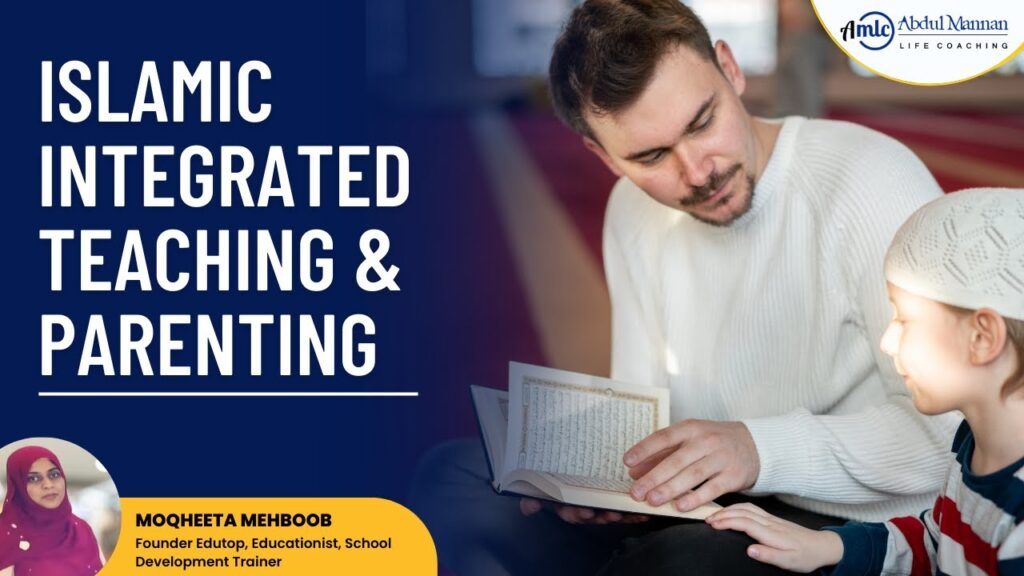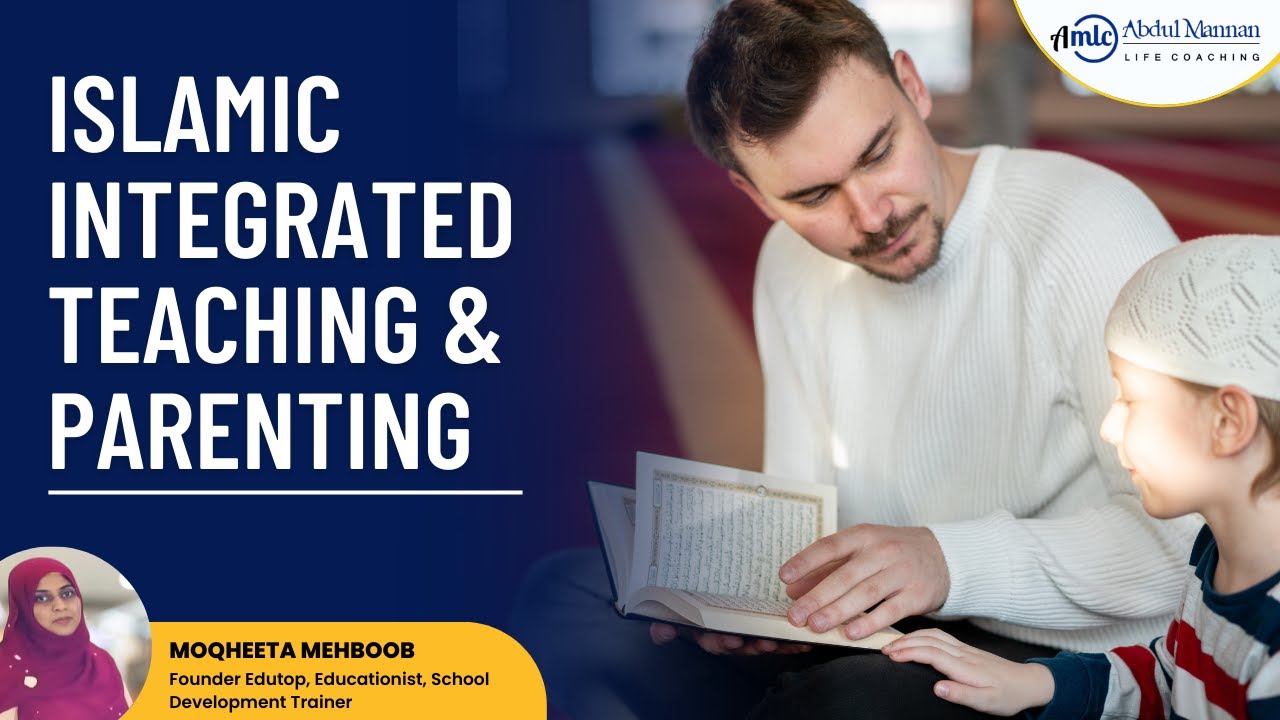
The Symbiotic Relationship: How Teaching and Parenting Intertwine for Child Development
The roles of teaching and parenting, while distinct, are inextricably linked in shaping a child’s development. Effective teaching and parenting strategies often overlap, reinforcing positive behaviors, fostering intellectual curiosity, and nurturing emotional intelligence. This article explores the dynamic interplay between these two vital influences, highlighting how their synergistic effect contributes to a child’s holistic growth.
Understanding the Core Principles of Effective Teaching and Parenting
At its core, effective teaching and parenting revolves around creating a supportive and stimulating environment where children can learn, grow, and thrive. This involves understanding child development stages, recognizing individual learning styles, and tailoring approaches to meet specific needs. Both teachers and parents play crucial roles in fostering a sense of security, encouraging exploration, and providing constructive feedback.
The Role of Nurture and Guidance
Nurture, a cornerstone of both teaching and parenting, involves providing children with the emotional support, care, and attention they need to feel safe and secure. This includes active listening, empathy, and validation of their feelings. Guidance, on the other hand, involves setting clear expectations, establishing boundaries, and providing age-appropriate consequences for misbehavior. A balance of nurture and guidance is essential for fostering self-discipline, responsibility, and respect for others. Parents and teachers need to work together to foster these qualities.
The Importance of Positive Reinforcement
Positive reinforcement, a powerful tool in both teaching and parenting, involves rewarding desired behaviors to increase their frequency. This can take many forms, such as praise, encouragement, tangible rewards, or simply spending quality time with a child. Positive reinforcement is more effective than punishment in promoting long-term behavioral change because it focuses on building positive habits rather than suppressing negative ones. It’s important that positive reinforcement is genuine and appropriate for the child’s age and developmental stage. The consistent application of positive reinforcement in both the classroom and at home will yield the best results. The synergy between home and school is paramount.
The Overlapping Skillsets: Where Teaching and Parenting Converge
While the settings and specific responsibilities may differ, many of the skills required for effective teaching and parenting are remarkably similar. These include communication, patience, empathy, and the ability to adapt to changing circumstances. Both teachers and parents must be able to communicate effectively with children, listen attentively to their concerns, and provide clear and consistent guidance. They also need to be patient and understanding, recognizing that children learn at different paces and make mistakes along the way.
Communication: The Foundation of Understanding
Effective communication is the cornerstone of any successful relationship, and this is especially true in teaching and parenting. This involves not only conveying information clearly and concisely but also actively listening to children’s perspectives and responding with empathy and understanding. Open communication fosters trust, encourages dialogue, and helps children feel valued and respected. It is also important to communicate expectations clearly. [See also: Communication Strategies for Parents and Educators]
Patience and Empathy: Navigating Challenges with Grace
Children, like adults, experience a range of emotions, and they may not always have the skills to express themselves effectively. Teaching and parenting require patience and empathy to navigate these challenges with grace. This involves understanding the underlying causes of a child’s behavior, responding with compassion, and providing support and guidance to help them develop coping mechanisms. Empathy is especially crucial when dealing with sensitive issues such as bullying, academic struggles, or family problems. Understanding a child’s perspective is key.
Adaptability: Responding to Individual Needs
Every child is unique, with their own individual learning style, personality, and needs. Effective teaching and parenting require adaptability to tailor approaches to meet these specific needs. This may involve modifying teaching methods, adjusting expectations, or providing additional support to help a child succeed. Adaptability also involves recognizing when a child needs professional help and seeking appropriate resources. Parents and teachers must be flexible to meet the changing needs of children.
The Importance of Collaboration: Bridging the Gap Between Home and School
When teaching and parenting work in harmony, children benefit immensely. Collaboration between parents and teachers is crucial for creating a consistent and supportive learning environment. This involves regular communication, shared goals, and a mutual understanding of the child’s strengths, weaknesses, and needs. When parents and teachers work together, they can reinforce positive behaviors, address challenges proactively, and ensure that children receive the individualized support they need to thrive. [See also: Building Strong Parent-Teacher Relationships]
Regular Communication: Staying Informed and Engaged
Regular communication between parents and teachers is essential for staying informed about a child’s progress, challenges, and needs. This can take many forms, such as parent-teacher conferences, email updates, phone calls, or even informal conversations. The key is to establish open lines of communication and create a collaborative partnership. Parents should be informed of academic progress and any behavioral concerns in a timely manner. Teachers should seek input from parents regarding home life and any potential factors impacting learning. This collaborative effort is essential for the child’s success.
Shared Goals: Aligning Expectations and Strategies
When parents and teachers share common goals for a child’s development, they can align their expectations and strategies to create a more consistent and supportive learning environment. This involves discussing academic goals, behavioral expectations, and social-emotional development. By working together towards shared goals, parents and teachers can reinforce positive behaviors, address challenges proactively, and ensure that children receive the individualized support they need to thrive. A unified approach to teaching and parenting greatly benefits the child.
Mutual Understanding: Appreciating Different Perspectives
Parents and teachers often have different perspectives on a child’s behavior and needs. Parents see their child in the context of their family and home life, while teachers see their child in the context of the classroom and peer interactions. Developing a mutual understanding of these different perspectives is crucial for effective collaboration. This involves listening to each other’s concerns, respecting each other’s expertise, and working together to find solutions that benefit the child. A mutual understanding fosters respect and allows for a more holistic approach to teaching and parenting.
Addressing Common Challenges in Teaching and Parenting
Despite the best efforts of parents and teachers, challenges inevitably arise in the process of teaching and parenting. These challenges may include behavioral problems, academic struggles, social-emotional difficulties, or conflicts between home and school. Addressing these challenges requires a collaborative approach, open communication, and a willingness to seek professional help when needed.
Behavioral Problems: Identifying Root Causes and Implementing Strategies
Behavioral problems can be a significant source of stress for both parents and teachers. Identifying the root causes of these problems is crucial for implementing effective strategies. This may involve observing the child’s behavior, talking to the child about their feelings, and seeking professional help from a therapist or counselor. Once the root causes are identified, parents and teachers can work together to implement strategies such as positive reinforcement, behavior contracts, or time-outs. Consistency is key to addressing behavioral problems. The combined efforts of teaching and parenting will yield the best results.
Academic Struggles: Providing Support and Intervention
Academic struggles can be frustrating for both children and their parents. Providing support and intervention is crucial for helping children overcome these challenges. This may involve tutoring, extra help from the teacher, modifications to the curriculum, or specialized educational services. Parents can also support their child’s academic success by providing a quiet study environment, helping with homework, and encouraging a love of learning. Early intervention is key to addressing academic struggles. Parents and teachers working together to support the child is essential.
Social-Emotional Difficulties: Fostering Resilience and Coping Skills
Social-emotional difficulties, such as anxiety, depression, or bullying, can have a significant impact on a child’s well-being and academic performance. Fostering resilience and coping skills is crucial for helping children navigate these challenges. This may involve teaching children about their emotions, helping them develop problem-solving skills, and encouraging them to seek support from trusted adults. Parents and teachers can also create a safe and supportive environment where children feel comfortable expressing their feelings. Addressing social-emotional difficulties requires a sensitive and collaborative approach from both teaching and parenting figures.
The Long-Term Impact of Effective Teaching and Parenting
The long-term impact of effective teaching and parenting is profound. Children who receive consistent support, guidance, and encouragement from both parents and teachers are more likely to succeed academically, develop strong social-emotional skills, and lead fulfilling lives. By working together to create a nurturing and stimulating environment, parents and teachers can empower children to reach their full potential. This collaborative approach to teaching and parenting is an investment in the future.
Conclusion
In conclusion, the relationship between teaching and parenting is a symbiotic one, where the strengths of each role complement and enhance the other. By understanding the core principles of effective teaching and parenting, fostering open communication, and collaborating to address challenges, parents and teachers can create a powerful force for positive change in a child’s life. The combined efforts of dedicated teachers and involved parents are essential for nurturing well-rounded, successful individuals who are prepared to thrive in an ever-changing world. The importance of this partnership cannot be overstated.

